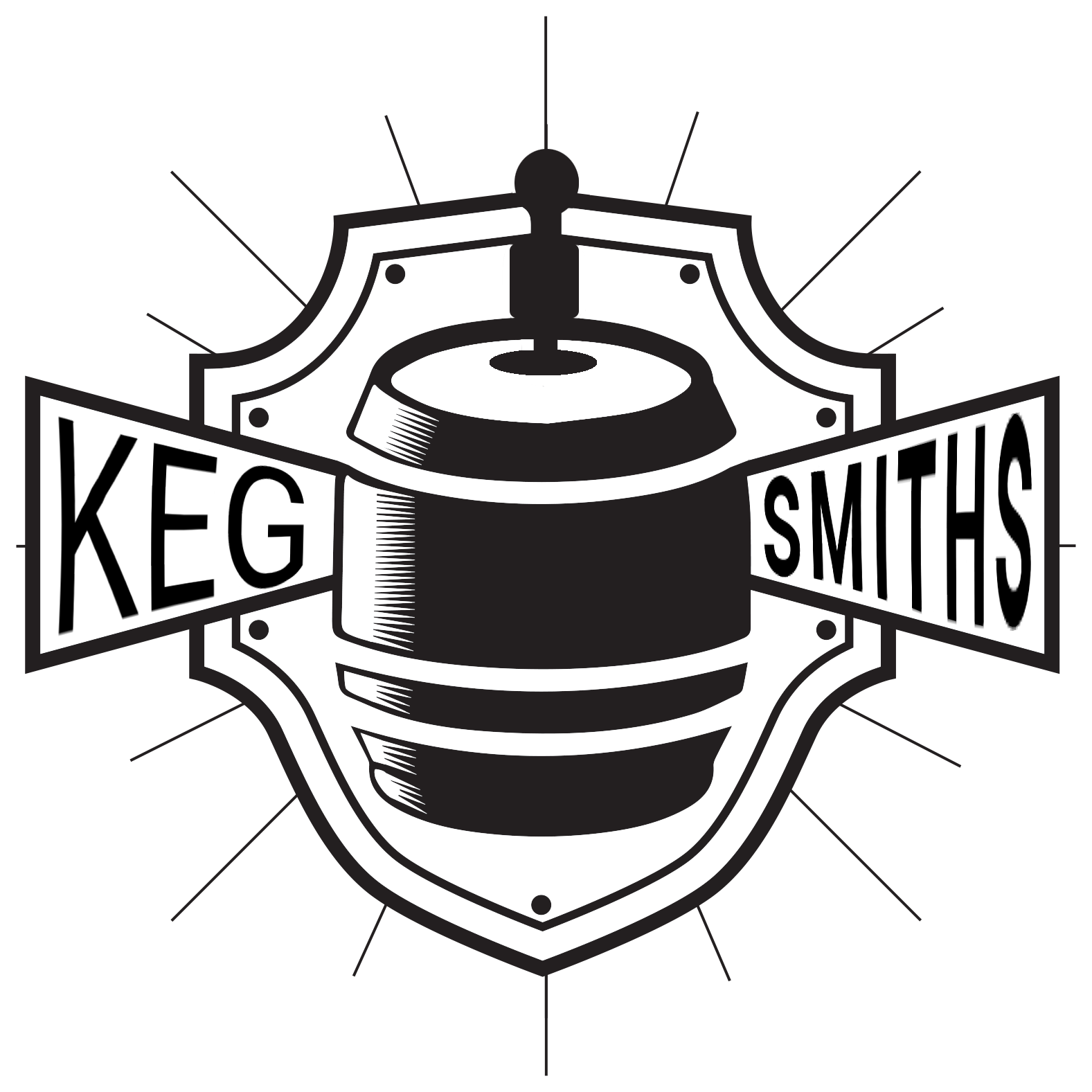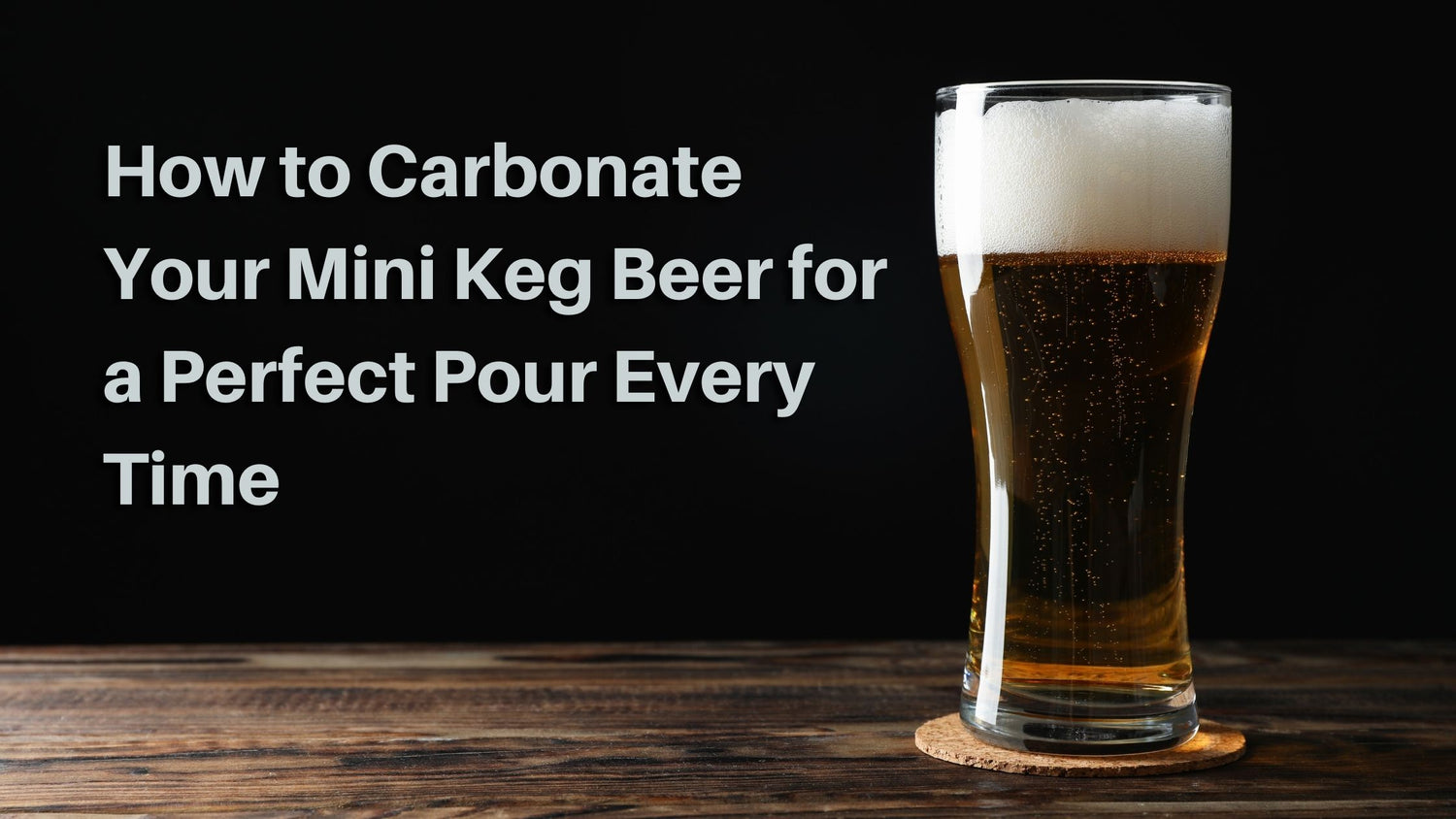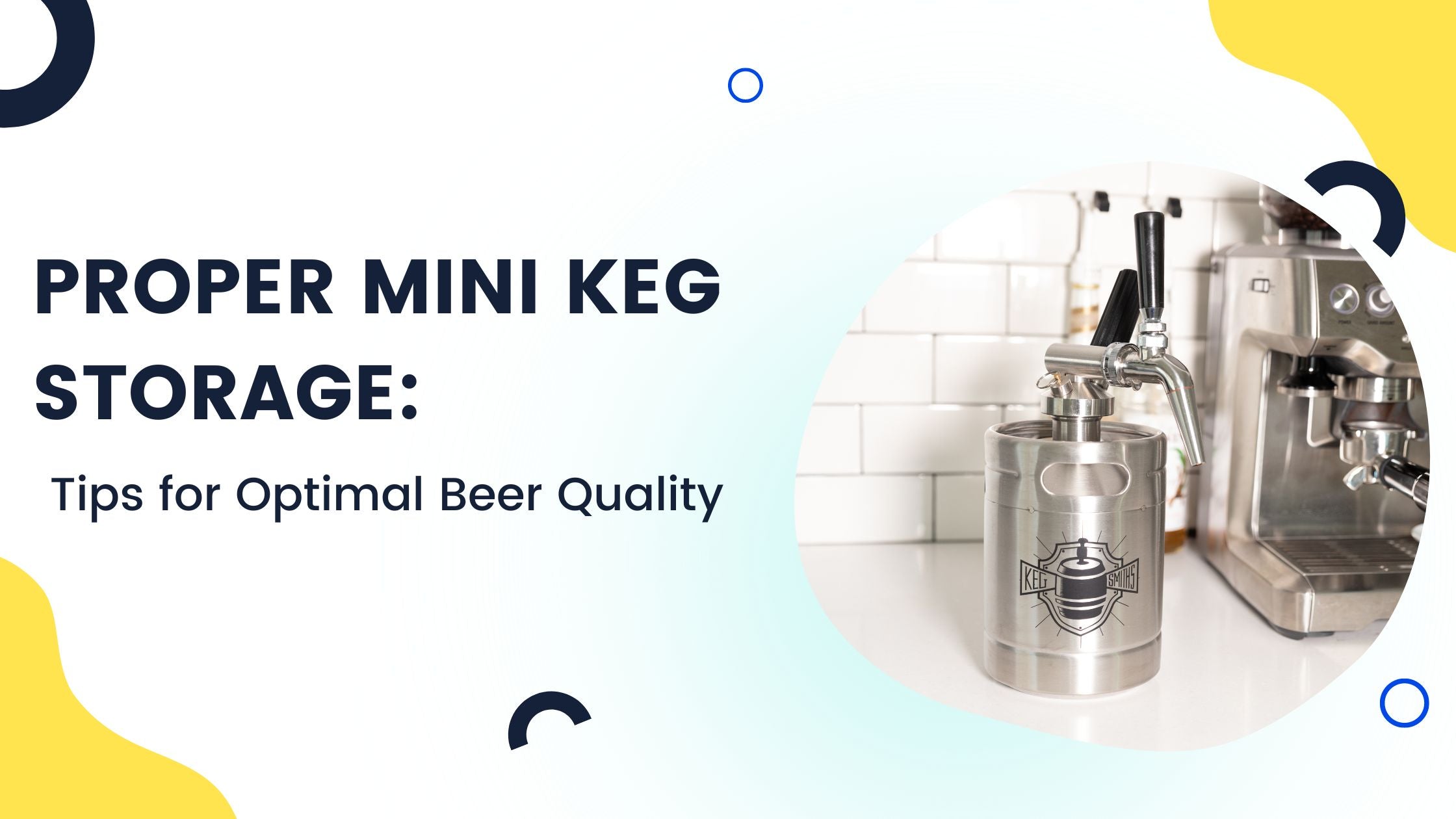- Introduction
- Types of Carbonation
- Equipment Needed
- Step-by-Step Guide to Carbonating Your Mini Keg Beer
- Carbonation Levels for Different Beer Styles
- Troubleshooting Common Issues
- Conclusion
Introduction
Welcome to our comprehensive guide on how to carbonate your mini keg beer for a perfect pour every time. We will walk you through the process, ensuring that you achieve optimal carbonation levels for different beer styles, and troubleshoot common issues that may arise.
Types of Carbonation
There are two primary methods for carbonating your mini keg beer:
-
Natural Carbonation: This method involves using the residual yeast and sugars in the beer to produce carbon dioxide (CO2). It is a time-consuming process but results in a more authentic taste.
-
Forced Carbonation: This method involves using an external CO2 tank to inject CO2 directly into the mini keg. It is a faster process and allows for more precise control over carbonation levels.
Equipment Needed
To carbonate your mini keg beer, you will need the following equipment:
- A mini keg (typically 1 Gallon in capacity)
- A mini keg dispensing system or tap
- CO2 tank (for forced carbonation)
- Regulator (for forced carbonation)
- Pressure relief valve (for forced carbonation)
- Tubing and connectors (for forced carbonation)
Step-by-Step Guide to Carbonating Your Mini Keg Beer
Follow these steps to carbonate your mini keg beer using the forced carbonation method:
-
Sanitize: Clean and sanitize your mini keg and dispensing system.
-
Fill: Fill the mini keg with your beer, leaving a small headspace for CO2.
-
Attach: Connect your CO2 tank to the mini keg using the regulator, tubing, and connectors.
-
Set: Set the regulator to the desired pressure based on the beer style (see Carbonation Levels section below).
-
Carbonate: Allow the beer to carbonate for a minimum of 24 hours.
-
Serve: Once the beer has reached the desired carbonation level, connect the dispensing system, and pour your perfectly carbonated beer.
Carbonation Levels for Different Beer Styles
Different beer styles require different carbonation levels for optimal taste and mouthfeel. Here are some general guidelines for common beer styles:
- Ales: 2.0 to 2
-
.5 volumes of CO2
- Lagers: 2.4 to 2.8 volumes of CO2
- Stouts and Porters: 1.7 to 2.3 volumes of CO2
- Wheat Beers: 2.8 to 3.5 volumes of CO2
- Belgian Ales: 2.8 to 4.0 volumes of CO2
Use these guidelines to set the appropriate pressure on your regulator when carbonating your mini keg beer.
Troubleshooting Common Issues
Here are some common issues you may encounter when carbonating your mini keg beer and how to resolve them:
-
Over-carbonation: If your beer is overly foamy or gushing when poured, it may be over-carbonated. To resolve this issue, release some pressure from the mini keg using the pressure relief valve, and allow the beer to rest for a few hours before serving.
-
Under-carbonation: If your beer is flat or lacks the desired level of carbonation, you may need to increase the pressure on your regulator or allow more time for the carbonation process. Adjust the pressure accordingly and check the carbonation levels after another 24 hours.
-
Off-flavors: If you notice off-flavors in your carbonated beer, it may be due to contamination during the sanitization process. Make sure to thoroughly clean and sanitize all equipment before carbonating your mini keg beer.
-
Leaking CO2: If you notice a decrease in pressure or a hissing sound, there may be a leak in your CO2 system. Check all connections, tubing, and seals for any visible signs of wear or damage and replace as needed.
Conclusion
Carbonating your mini keg beer is a crucial step in achieving the perfect pour every time. By following our step-by-step guide, understanding the carbonation levels for different beer styles, and troubleshooting common issues, you can elevate your homebrewing experience and enjoy the perfect pint from your mini keg. Cheers!




Leave a comment
This site is protected by hCaptcha and the hCaptcha Privacy Policy and Terms of Service apply.